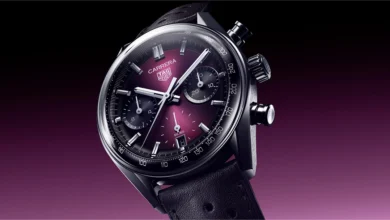Hair Coloring Techniques Explained By NOIR Expert
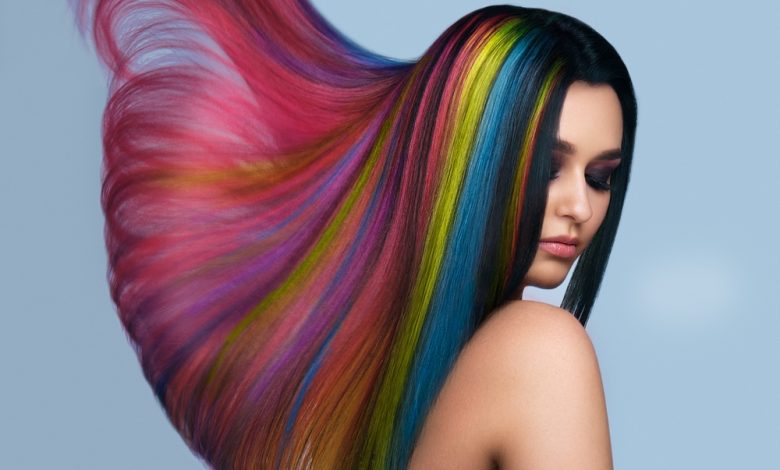
Balayage, Ombré, and wet lights if you find the long list of hair-coloring options confusing, you’re not alone. We asked NOIR’s creative colorist to decode the most popular techniques. Bookmark these seven, as you get ready for your next appointment.
Balayage
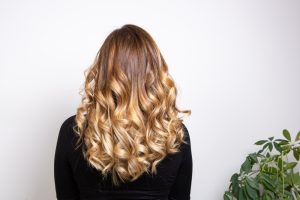
Because of its adaptability and lovely result, Balayage isn’t going anywhere. As opposed to highlights, it doesn’t use foil. Hand-applied color is brushed through tiny triangle-shaped portions of hair to produce highlights that appear natural.
With specially blended colors and precise application to contour and frame your features, your hairdresser can use this technique to make your hair as unique as you are.
Balayage is the ideal hairstyle for busy women because it requires very little maintenance. When hair grows out, roots are less visible due to the natural change from one color to another.
Ombré
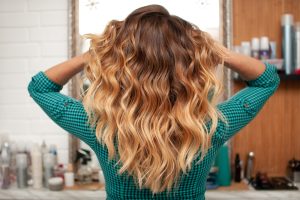
Another tried-and-true method, this one is simple to wear and suitable for almost any type or color of hair. In French, Ombré is a word that means “shaded,” which perfectly sums up this well-liked trend. The hair gradually becomes lighter at the tips while remaining darker at the roots. “Reverse” Ombré is defined as having a lighter top and a darker bottom.
Dip–dyed hair
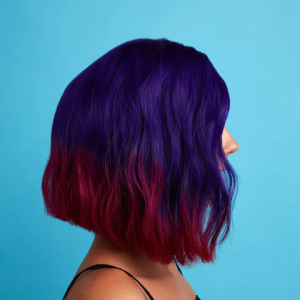
To achieve a striking, assertive impact, this hair color style blends two hair colors. Hair that has been dip dyed has a light tint at the roots and a dark hue at the tips. There is no intermediary hair color shade to make the transition from one hair color to the next seamless, distinguishing it from the Ombré shade.
Highlights
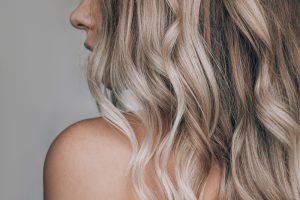
Even though highlights are dated, they continue to be the best. They are applied by stylists in a weaving technique, painting the root directly with color. After being carefully folded into foils, the hair is heated to help the foil elevate the hair to its best, natural potential. You can have chunky highlights or baby fine highlights, which are produced by leaving parts of your natural color in between each strand of new color, depending on the thickness of your hair. This also gives a natural result to your colored hair.
Lowlights
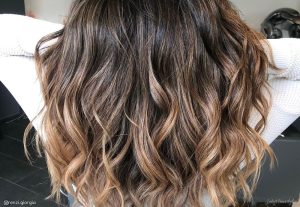
A natural base tone is always included in this color-lightening approach. Throughout the mid-lengths, lowlights are employed to define the ends and provide a “shadow” appearance, breaking up any blockings from the highlights. Lowlights lessen the need for color upkeep because they use your natural color throughout to soften regrowth. Perfect for those seeking only a slight distinction that captures the light.
Global Hair color
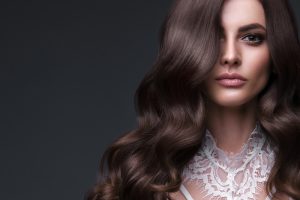
As the name implies, global hair coloring involves giving your entire hairline the same color from root to tip. Global hair color is frequently used to conceal grey hairs, change hair color, and restore consistency to previously colored hair in various hues. The product will be applied to your hair from the roots to the tips during the global hair color procedure. It usually takes one to three hours to color hair.
Now that we’ve discussed all of the key hair coloring trends for 2022, which technique do you think is the best for you? From traditional balayage to pinwheel hair coloring, countless subtle, natural hair coloring trends would be ideal for you. Speaking with a salon professional is the ideal place to start because they have the knowledge and years of experience to know exactly what would work best for you.
Want to give your hair a stunning color makeover? Contact NOIR Salon right away to schedule a color consultation. The best alternative for transforming your hair with the most recent methods is our knowledgeable team of specialists. Call Us Right Away.
Also Read: Handpicked best hair salon chains in Delhi

